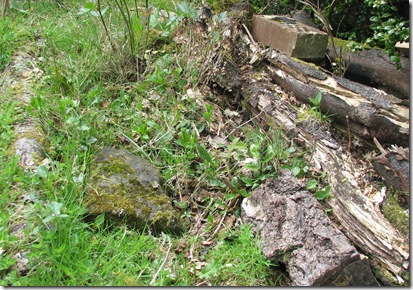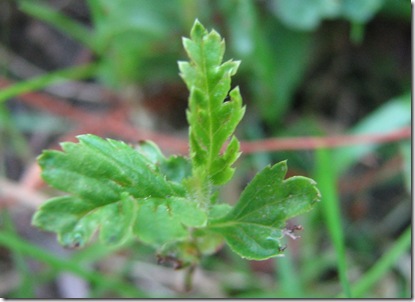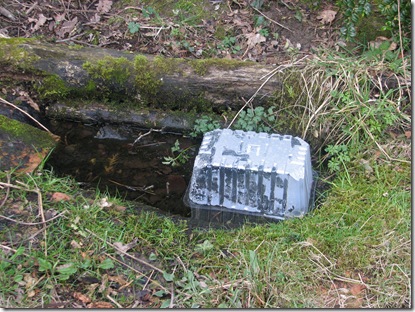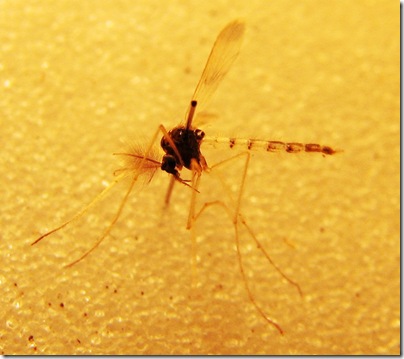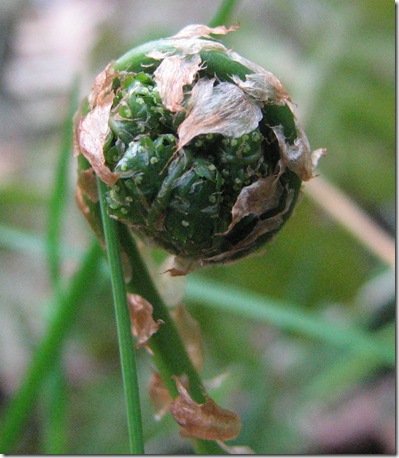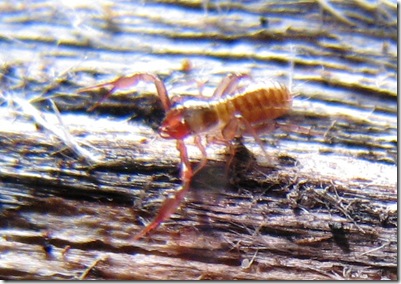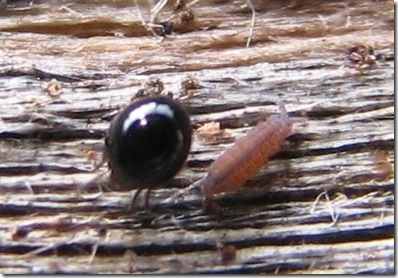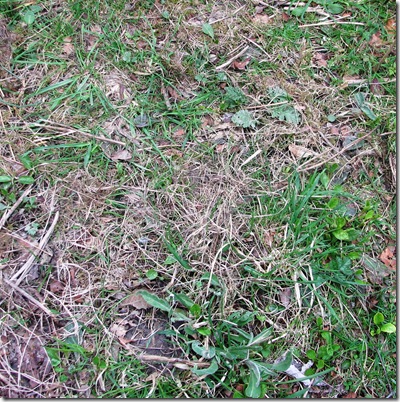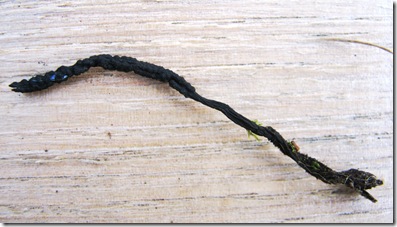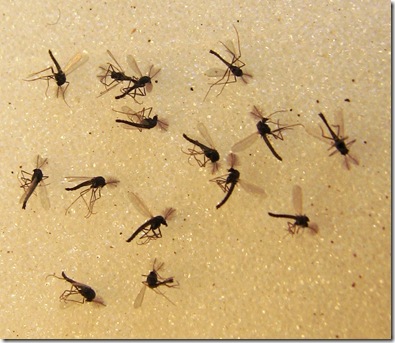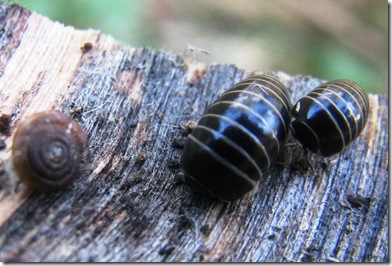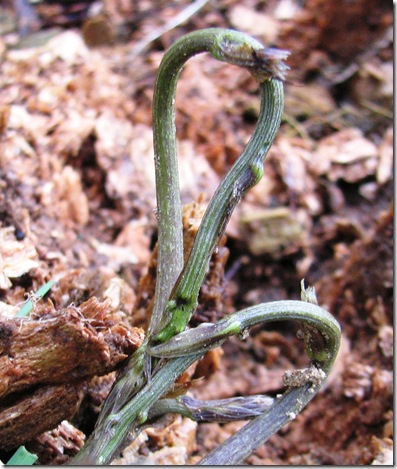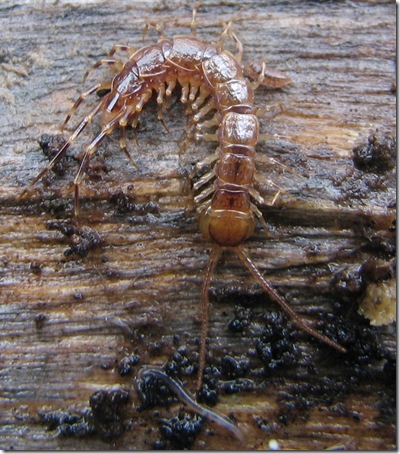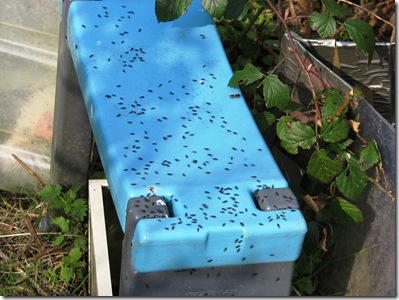Mice & Red, the more northerly of the two grasslands in the Square Metre proper, looks rough and untidy after the long winter. Many fallen leaves and pallid dead grass stalks still lie on its surface. The birds have been pulling up moss and scraping at the surface layer in pursuit of invertebrates. They also scatter bits of wood from North Wall on the right of the picture below.
Nevertheless, many plants are developing and this afternoon I counted 28 species (there are probably a few I overlooked). Although there were several species of grass, these are no longer dominant as they were in the early years of the project.
This is the list: Ash; Bird’s foot trefoil; Bramble; Broad buckler-fern; Bugle; Creeping bent; False brome grass; Figwort; Forget-me-not; Goosegrass; Hawthorn; Heath speedwell; Herb-robert; Hogweed; Ivy; Marsh thistle; Narrow-leaved vetch; Ragwort; Rough meadow-grass; Self-heal; Smooth tare; Sorrel; Spindle; Sweet vernal grass; Trailing tormentil; White clover; Wild rose; Wood dock.
However, many old friends were not visible - mouse-ear chickweed, for example, and other plants are present only as singletons or in very small numbers. Insects are also very scarce and I have seen few beetles or spiders and no ants at all though they were once abundant from mid-March. I wonder if whatever it is that is afflicting bees is also having and effect on ants (also social insects of the Hymenoptera, Aculeata) and other groups.
